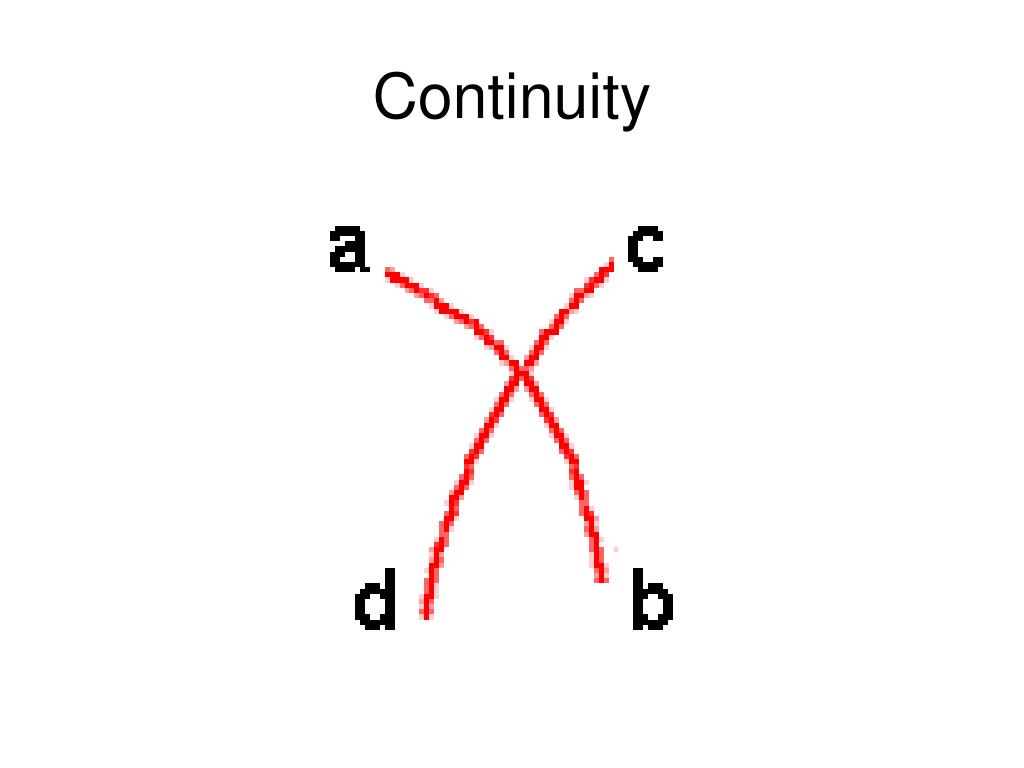

The law of proximity describes how the human eye perceives connections between visual elements. For now, let’s stay near proximity, which (literally!) means closeness in space, time, or relationship. There will be a third article to cover the Laws of Figure/Ground, Prägnanz, Closure, and Common Fate. This article is a follow-up to the first Gestalt principles article, in which we introduced and discussed the Law of Similarity. The laws that apply are those of proximity, uniform connectedness, and continuation. These are influenced by the way in which elements in a design are laid out. Our brains build connections between disparate design elements based on laws of visual perception. “The eye tends to build a relationship between elements of the same design,” is a crucial saying to keep in mind. Of course, connecting is also important to us – that’s what we want to make happen between our users and our designs! This one is especially useful as it deals with how our eyes and brains draw connections with design images. H Joseph Reitz has rightly pointed out that “communication may fail because the communicate perceptually ready to receive certain communication actually receives different communication.In this, the second part of our examining Gestalt principles, we’ll look at another Law – the Law of Proximity. It is a serious barrier to communication and a reason for communication failure. Distortion in Perception :ĭistortion in perception results in creating communication gap. It should be noted here that proximity is different than similarity. It means nearness or closeness of information may be perceived as a whole. Perceiver again makes necessary efforts to maintain continuity in the information. Perceiver will try to fill the gaps or complete the missing links in the information by supplementing it with relevant information. Selection of information is influenced by the factors - bold letters or underlined message, flagged with urgent sign, size of information, repetition or stressed words, physical attraction and the language of the information etc. When the barriers are high we remain oblivious to them but when they are low the information reaches our consciousness and thus becomes sensitized.” Joseph A Litterer has rightly observed that “the reason is that we have thresholds or barriers which regulate outside information reaching our consciousness. On listening, seeing and talking he makes judgment about others. The environment consists of lights, sounds, smell, objects, social, political, cultural, technological environments which govern the human behaviour and stimulate him into action. In the same manner the individuals looking at the same thing may perceive it in different ways. The individuals listening to the same thing may perceive it differently. it is relative to person situation and time.

Perception varies from person to person and situation to situation and time to time i.e. seeing, hearing, feeling, tasting and smelling. Perception is based on the activities of organs i.e.

The study of these perceptional processes shows that their functioning is affected by three classes of variables - the objects or events being perceived, the environment in which perception occurs, and the individual doing the perceiving.”Īccording to the definitions cited above perception is a function of objects or events which are perceived, individual who is perceiving, circumstances under which perceiving is done. Joseph Reitz perception includes, “all those processes by which an individual receives information about his environment - seeing, hearing, feeling, tasting and smelling. Perception consists of several processes which are influenced by the circumstances and the perceiver himself. People’s behaviour is determined by their perception.


 0 kommentar(er)
0 kommentar(er)
